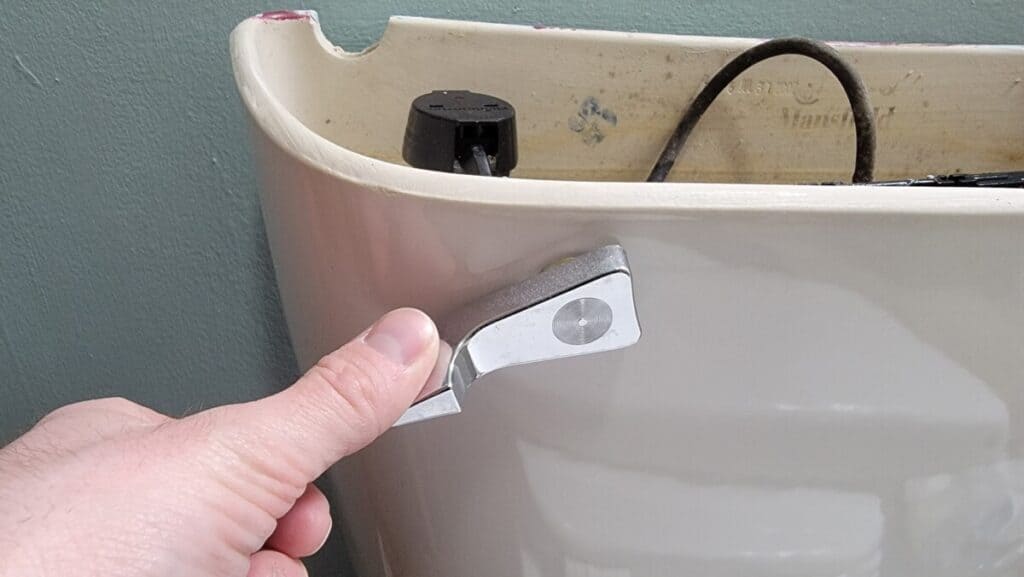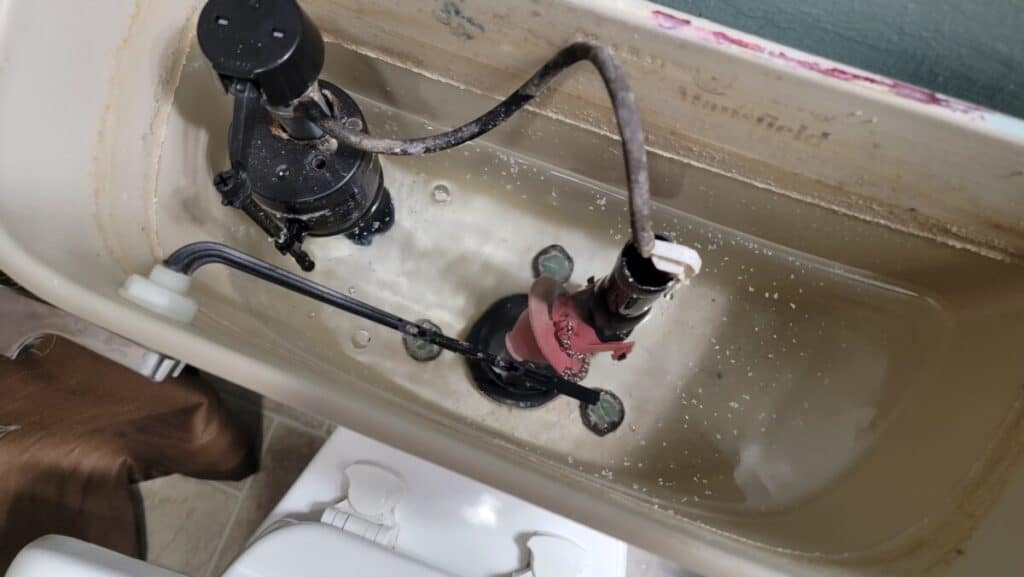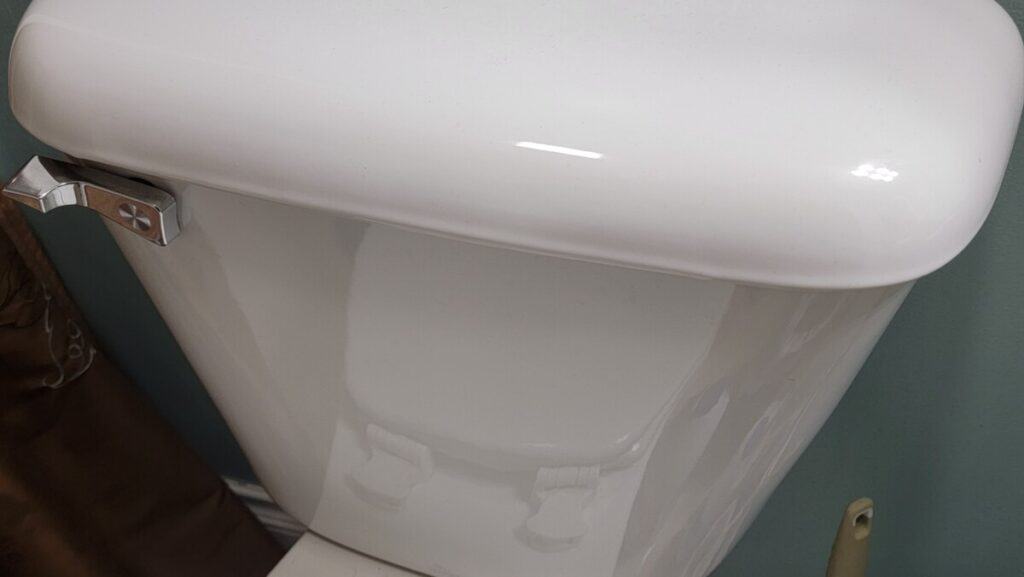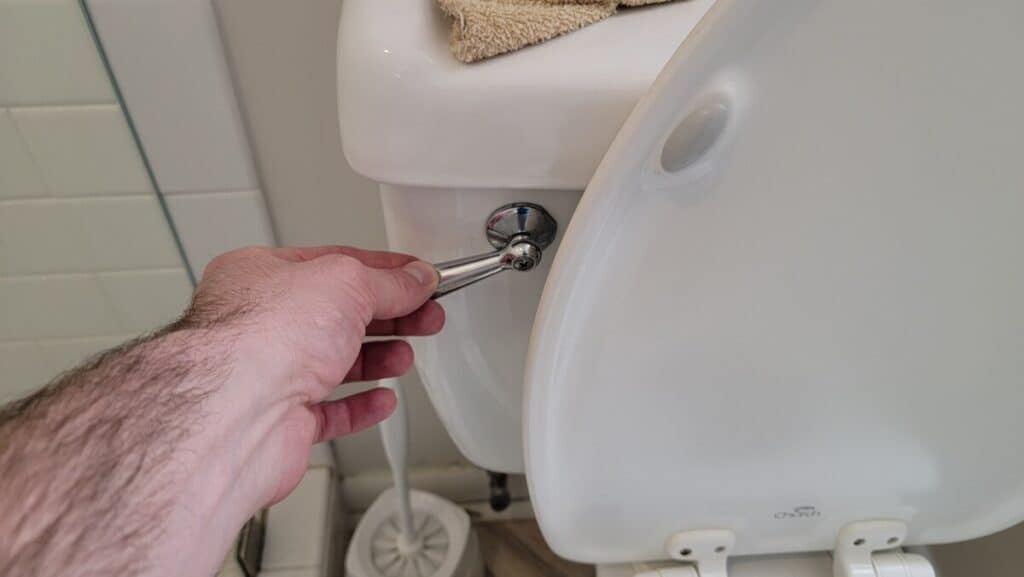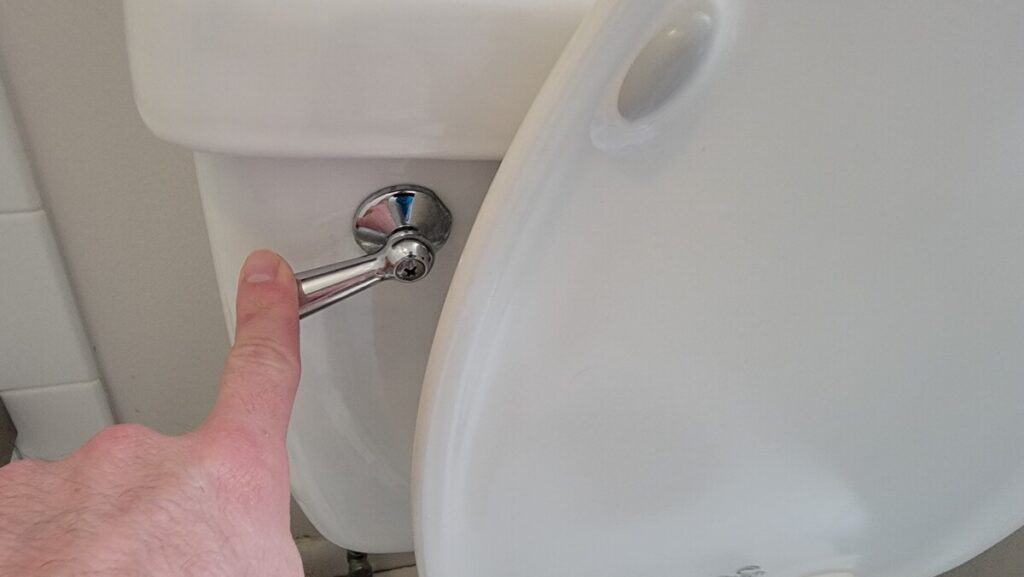Toilet Sounds Like a Jet Engine or Foghorn: How to Fix
A calm and serene home is essential for relaxation, but when your toilet starts making noises similar to a foghorn or a jet engine, it can interrupt your peace and leave you searching for answers. If you’re curious about what’s behind these loud noises and how to resolve them, look no further.
In my experience of working in maintenance at a property that had more than 250 toilets for the past 10 years, I have encountered this particular problem countless times.
In this article, we’ll investigate the main reasons for this unwelcome noise and offer solutions to help you tackle the problem. Understanding the causes of the noise will empower you to fix the issue and bring quiet back to your home.
Worn or Dirty Diaphragm in the Fill Valve:
A common cause for a toilet sounding like a foghorn or a jet engine is a worn-out or dirty diaphragm in the fill valve. The fill valve plays a crucial role in refilling the toilet tank after each flush, and the diaphragm is an essential part that controls the flow of water. When the diaphragm is either worn or covered in mineral deposits, it fails to form a proper seal, resulting in constant water flow disruptions.
This inconsistent water flow can trigger what’s known as the water hammer effect in the pipes. The water hammer effect takes place when the momentum of the water is suddenly halted by the pipe bends, causing the pipes to vibrate and produce the foghorn or jet engine-like noise you’re hearing.
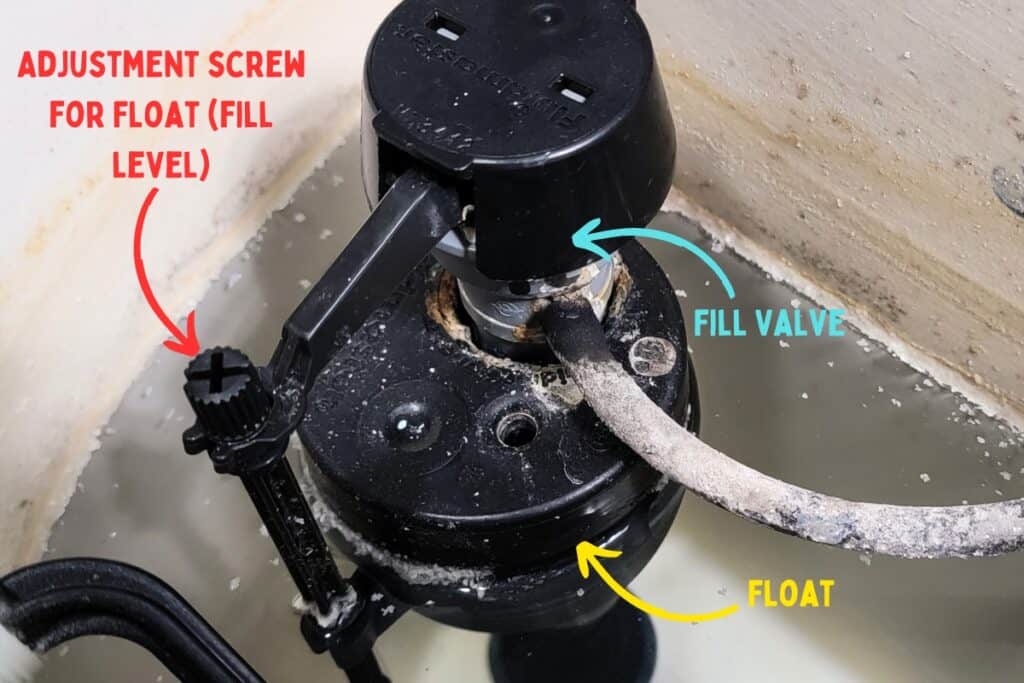
Additionally, the noise may be more localized and restricted to the valve itself as the water splutters past it, similar to the sound of a rolling “R.”
To clean the fill valve, check out my article here. To replace it, keep reading. Before you replace anything, be sure to rule out the other possibilities first!
To replace the fill valve, follow these steps:
- Turn off the water supply to the toilet by turning the shut-off valve clockwise.
- Flush the toilet to empty the tank and remove any remaining water with a sponge or towel.
- Unscrew the water supply line from the bottom of the fill valve.
- Remove the old fill valve by unscrewing the locknut from the base of the valve, which is located underneath the toilet tank. Lift the valve out of the tank.
- Install the new fill valve by placing it into the tank hole and securing it with the locknut.
- Adjust the height of the fill valve according to the manufacturer’s instructions to ensure the proper water level in the tank.
- Attach the refill tube from the fill valve to the overflow tube in the toilet tank.
- Reconnect the water supply line to the new fill valve.
- Turn on the water supply, and allow the tank to fill. Check for any leaks and proper water level. Adjust the fill valve as necessary.

Malfunctioning Water Supply Valve:
Another common cause for a toilet producing foghorn or jet engine-like noises is a malfunctioning water supply valve leading to the toilet.
The first thing to check is to make sure the valve is fully open (turn counter clockwise). If partially closed, it will cause the terrible noise that you’re hearing.
The next issue is that the rubber washer inside the valve becomes loose, allowing it to move when it shouldn’t. The starting and stopping of water flow through the valve can result in the water hammer effect, leading to the noisy disruption you’re experiencing.
You can try closing and fully opening the valve several times to see if the issue resolves itself. Sometimes, this simple action is enough to fix the problem. If not, you may need to replace the water supply valve, but it’s best to rule out other potential issues first.
Waterlogged Air Chambers:
In some instances, air chambers installed in your plumbing system to prevent water hammer noises can become waterlogged. When this happens, they lose their effectiveness, and the water hammer effect can return. Checking and draining waterlogged air chambers can help mitigate the issue and reduce the noise when you flush.

The air chambers are simply a capped pipe that is supposed to have a pocket of air inside that can be compressed and act as a shock absorber for the water when the momentum is suddenly stopped by a closing valve. Over time, the air pocket gets mixed in with the water below it and water will eventually occupy the space.
A true water hammer arrestor has same outward look (except a narrower neck) but the inside contains a diaphragm or float which serves as a separator between the air pocket and the water below so that they can never mix and the unit cannot become waterlogged.
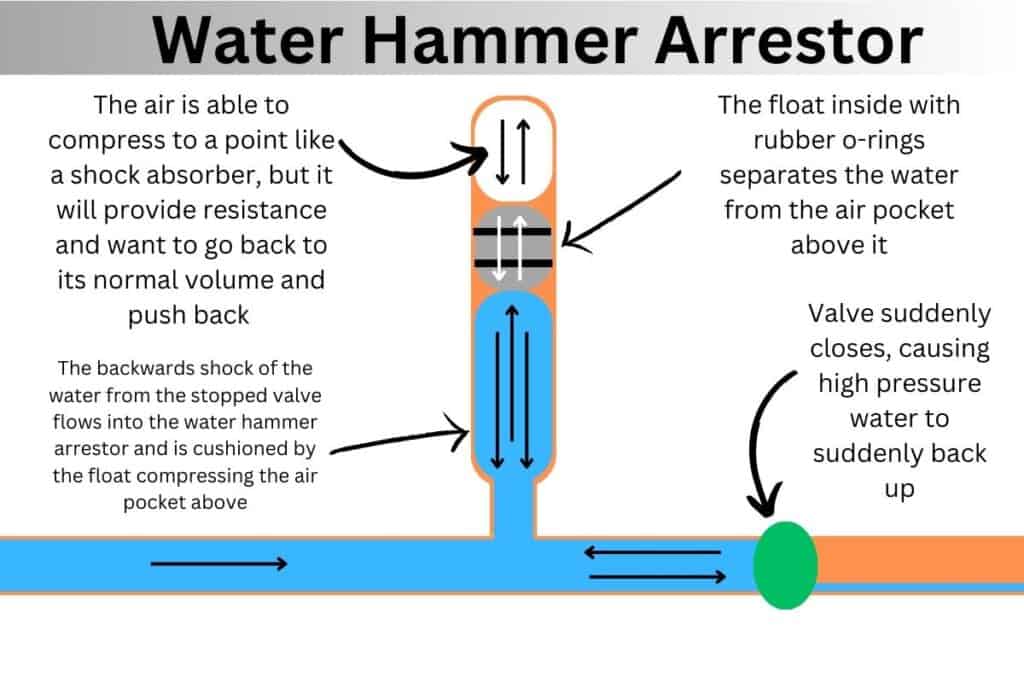
To address your water chambers being waterlogged, follow these steps:
- Turn off the water supply to the house at the main shut-off valve.
- Open the highest and lowest faucets in the house to drain the water from the pipes and air chambers.
- Leave the faucets open for a few minutes to ensure all the water has drained.
- Close the faucets, and turn on the water supply to the house.
- Consider upgrading to air chambers with an internal diaphragm or piston, which are less likely to become waterlogged and require less maintenance.
Loose Pipes:
Loose pipes can also contribute to the foghorn or jet engine-like noises you’re hearing. If your pipes aren’t adequately secured with straps and brackets, they can vibrate and create noise as water flows through them. Ensuring all pipes are properly secured can help minimize the chances of your toilet making these loud noises.
Final Thoughts
A toilet that sounds like a foghorn or a jet engine can be both annoying and disruptive, but understanding the main causes behind the noise can help you address the issue effectively.
By examining the diaphragm in your fill valve, inspecting your water supply valve, and considering other factors like air chambers and pipe security, you can take steps to eliminate the noise and restore peace and quiet to your home.
After all of this, if you think that your toilet actually sounds more like a jackhammer, you can check out my article here on how to diagnose and correct that issue.



